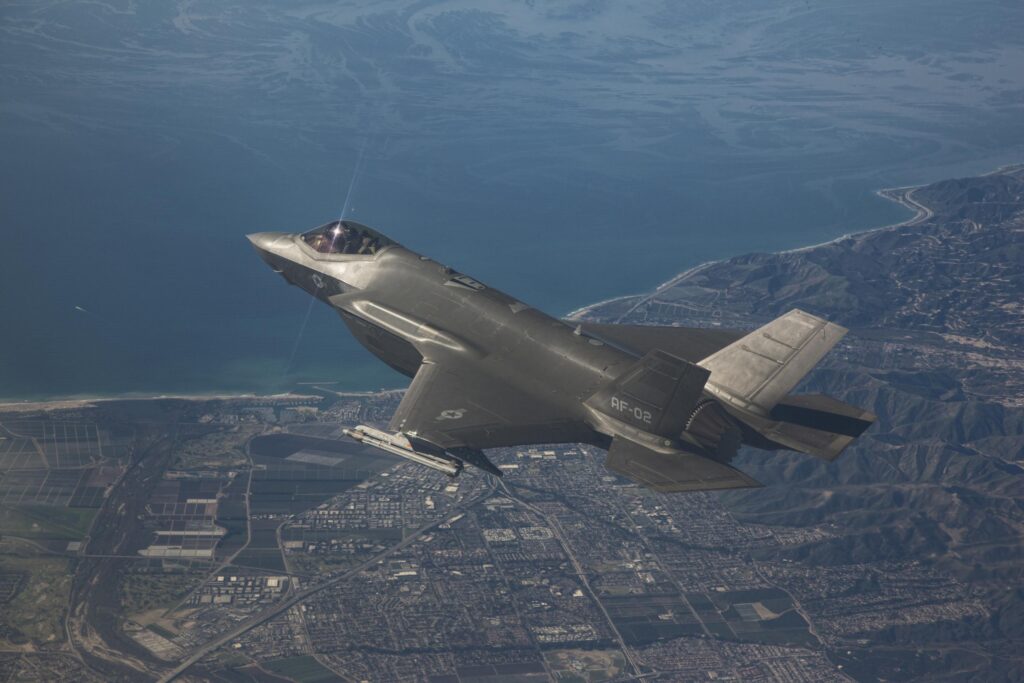In the ever-evolving landscape of military technology, the F-35 has stood out as a symbol of innovation and progress. However, despite its reputation as the world’s costliest weapons program, recent reports from the Government Accountability Office (GAO) have revealed a concerning trend: the F-35 has consistently failed to meet key readiness benchmarks for the past six years. This revelation has sparked debate and raised questions about the effectiveness and efficiency of this high-profile aircraft.
The F-35: A Closer Look at the Worlds Costliest Weapons Program
The F-35 program has been plagued by issues, with the Government Accountability Office (GAO) reporting that it failed to hit key performance measures for the past six years. Despite being the world’s costliest weapons program, the F-35 has struggled to meet readiness targets, raising concerns about its effectiveness and efficiency.
Some of the key challenges faced by the F-35 program include delays in software development, maintenance issues, and supply chain disruptions. These issues have led to increased costs and reduced operational capabilities, casting doubt on the future of this expensive weapons program. Moving forward, it will be crucial for the F-35 program to address these challenges in order to fulfill its intended purpose and meet the expectations of taxpayers and military officials alike.
Ready or Not: Analyzing the Failure to Hit Readiness Marks for 6 Years
The F-35, world’s costliest weapons program according to the Government Accountability Office (GAO), has reportedly failed to hit readiness marks for 6 consecutive years. This revelation has raised concerns about the effectiveness and efficiency of the program, which has already faced numerous criticisms and setbacks.
One of the main issues highlighted by the GAO is the ongoing maintenance challenges faced by the F-35 fleet, which have resulted in low availability rates for the aircraft. In addition, supply chain problems and delays in implementing necessary upgrades have further contributed to the program’s failure to meet readiness goals. Moving forward, stakeholders will need to address these issues in order to ensure that the F-35 program can deliver on its intended objectives and provide the necessary capabilities to support national defense efforts.
GAO Report Findings: Key Insights and Implications for the F-35 Program
New findings from a recent Government Accountability Office (GAO) report have shed light on the ongoing challenges facing the F-35 program. The report revealed that the F-35, the world’s costliest weapons program, has failed to meet readiness goals for six consecutive years. This lack of readiness has raised concerns about the effectiveness and reliability of the aircraft in key operational scenarios.
The GAO report has highlighted several key insights and implications for the F-35 program, including:
- Persistent maintenance issues: The F-35 program continues to face challenges with maintenance and reliability, leading to decreased availability for training and missions.
- Delays in software development: Software development delays have hindered the F-35’s ability to meet critical mission requirements and adapt to evolving threats.
- Supply chain vulnerabilities: The reliance on a complex global supply chain has exposed the F-35 program to potential disruptions that could impact production and sustainment efforts.
Recommendations for Improving F-35 Readiness and Performance
The F-35 program has faced significant challenges in meeting readiness goals, with the Government Accountability Office (GAO) reporting that it failed to hit readiness marks for six years. To improve the F-35’s readiness and performance, several recommendations can be considered:
- Implement a comprehensive maintenance and sustainment strategy to address reliability and availability issues.
- Enhance training programs for maintenance crews and pilots to ensure effective utilization of the aircraft.
- Streamline supply chain management processes to reduce lead times for critical spare parts.
- Invest in advanced diagnostic technologies to preemptively identify and address maintenance issues.
Taking proactive measures to address these areas can help bolster the F-35 program’s readiness and ensure that it meets operational requirements effectively. By prioritizing these recommendations, the F-35 can enhance its performance and contribute to the overall success of military operations.
| Recommendation | Implementation |
|---|---|
| Comprehensive maintenance strategy | Assign dedicated team to develop and implement maintenance plan. |
| Enhanced training programs | Collaborate with industry experts to design specialized training modules. |
| Streamline supply chain management | Utilize data analytics to optimize inventory levels and reduce lead times. |
| Invest in diagnostic technologies | Conduct research to identify cutting-edge diagnostic tools for maintenance crews. |
Insights and Conclusions
the F-35 program’s struggles to meet readiness targets as outlined by the Government Accountability Office are indicative of the challenges and complexities inherent in developing and maintaining advanced military technology. As the program continues to evolve and adapt, it will be essential for stakeholders to collaborate, innovate, and persist in their efforts to ensure the F-35 fulfills its potential as a key asset in defense strategies around the world. Only time will tell if this costly endeavor will ultimately prove to be worth the investment.


